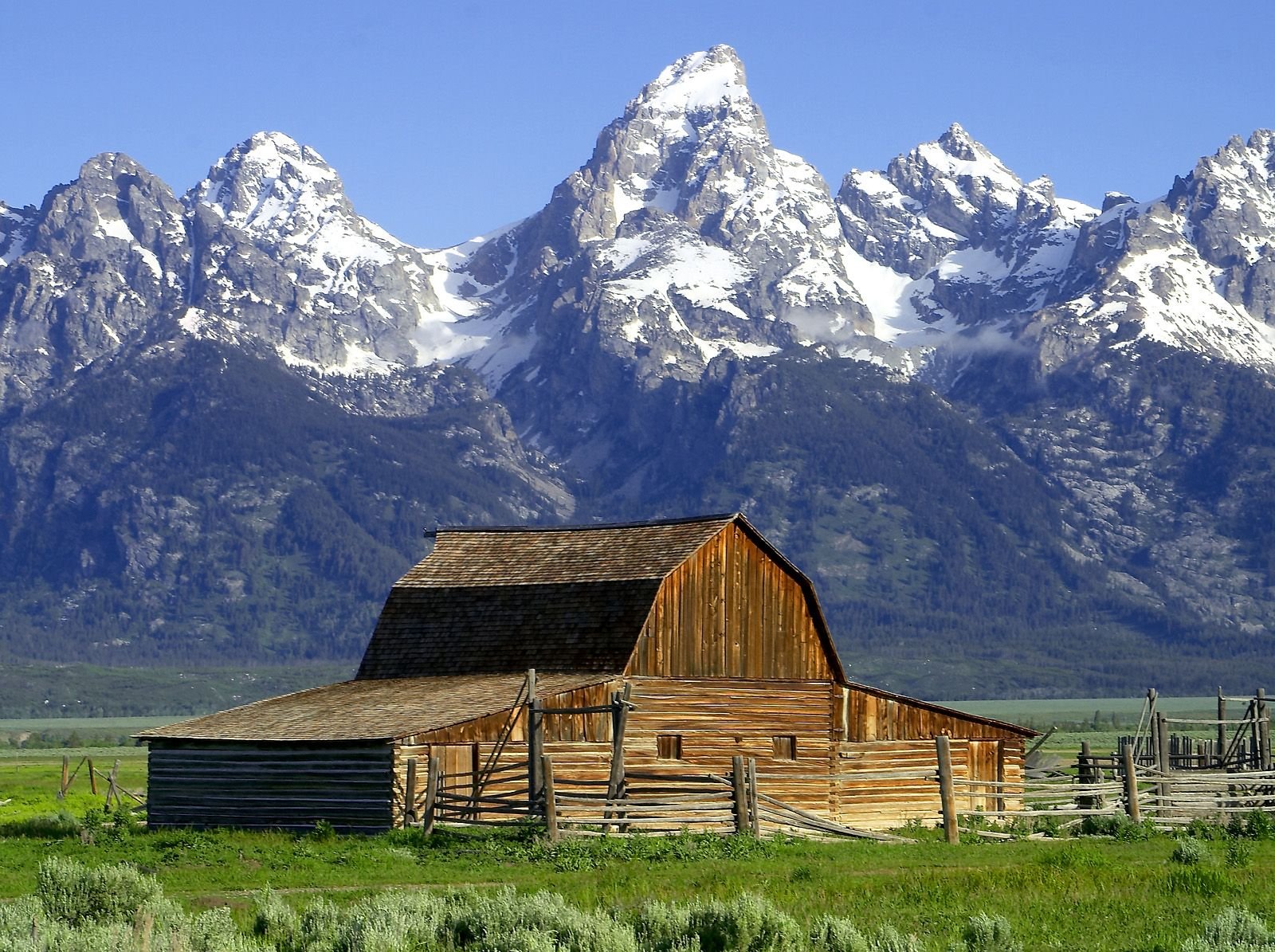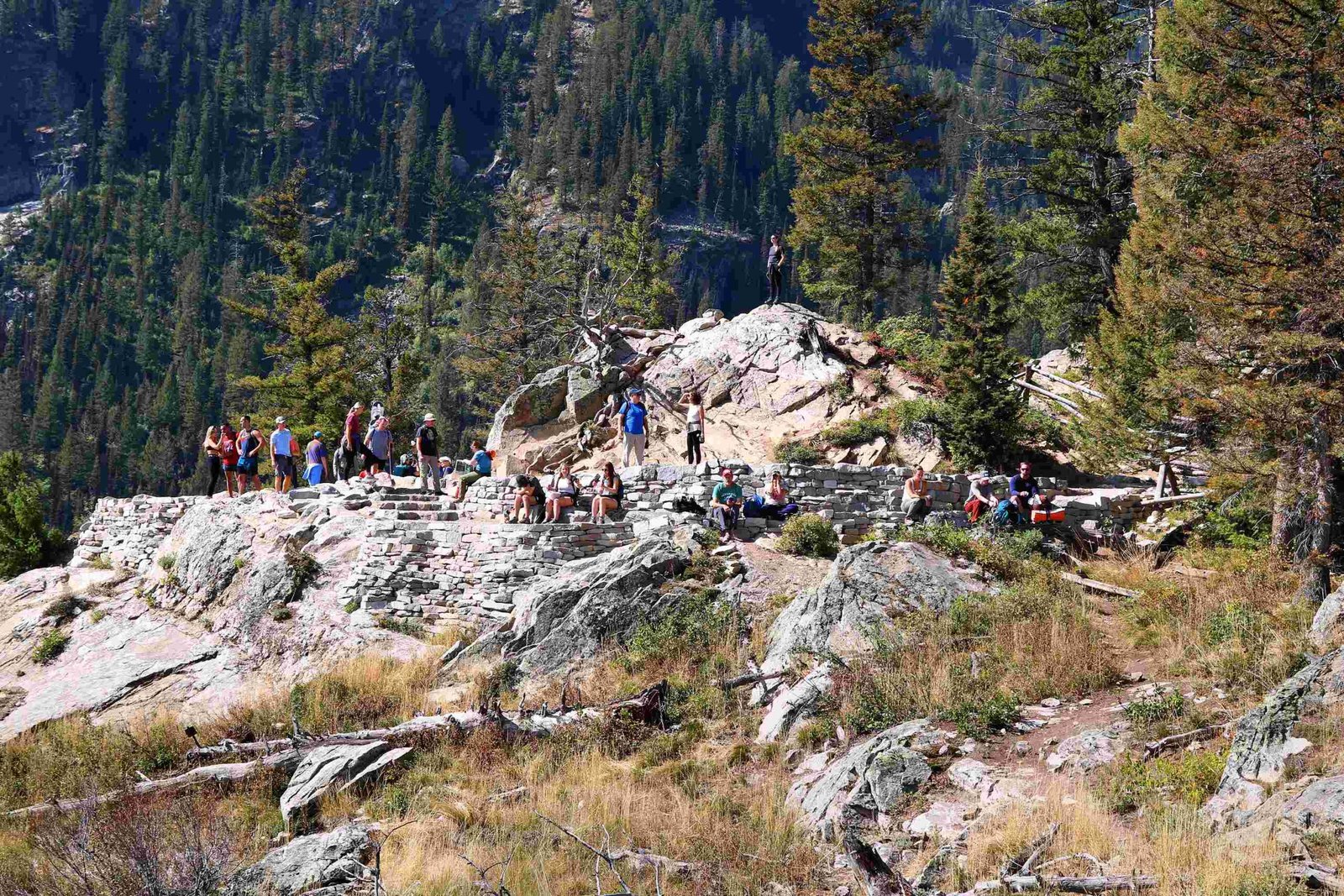The Teton Pass highway experienced a catastrophic infrastructure failure at milepost 12.8, causing a significant landslide that dramatically disrupted transportation routes between Jackson, Wyoming, and Victor, Idaho. This unexpected geological event has created substantial challenges for travelers, local communities, and national park visitors, necessitating immediate emergency response and long-term strategic planning for road restoration and public safety.
What Triggered the Grand Teton National Park Road Collapse?

The road collapse on Teton Pass resulted from complex geological dynamics involving multiple contributing factors:
Geological Instability Factors
- Persistent ground movement
- Seasonal moisture saturation
- Underlying geological fault lines
- Potential snowmelt and precipitation impacts
Initial Observations of Structural Failure
| Observation | Details |
|---|---|
| Initial Crack | 8-inch deep fracture across highway lanes |
| Landslide Extent | Significant highway section falling into valley |
| Location | Wyoming State Highway 22, Milepost 12.8 |
Immediate Consequences of Road Collapse
The road collapse triggered several immediate and significant consequences:
- Transportation Disruption
- Complete closure of primary transit route
- Alternative routes adding 60+ miles to commutes
-
Reduced accessibility to Grand Teton National Park
-
Economic Impact
- Potential tourism revenue reduction
- Increased transportation costs
- Local business disruption
How Are Authorities Responding to the Infrastructure Crisis?

Emergency Management Strategies
Wyoming officials implemented rapid response mechanisms:
- Governor Mark Gordon issued emergency declaration
- Secured Federal Highway Administration funding
- Established interim detour route
- Implemented traffic management protocols
Detailed Detour Specifications
The interim detour provides critical transportation continuity:
– Paved two-lane route
– Reduced speed limits
– Trailer traffic allowed with restrictions
– Maximum vehicle weight: 60,000 GVW
– Mandatory speed limit: 20 mph
What Are the Long-Term Restoration Plans?
Comprehensive Recovery Approach
Authorities are pursuing multi-phase restoration:
– Continuous geological assessments
– Engineering feasibility studies
– Infrastructure reinforcement strategies
– Potential complete road reconstruction
Projected Timeline and Challenges
- Short-term: Interim detour maintenance
- Medium-term: Detailed geological investigation
- Long-term: Complete road reconstruction
- Estimated full restoration: Potentially 12-24 months
How Can Visitors Navigate Around the Collapse?
Alternative Access Recommendations
- Check official WYDOT road condition updates
- Use recommended alternate routes
- Plan additional travel time
- Consider alternative transportation methods
- Stay informed through local tourism resources
What Lessons Can Be Learned?
Infrastructure Resilience Insights
- Critical importance of ongoing geological monitoring
- Need for adaptive transportation infrastructure
- Significance of emergency preparedness
- Value of rapid response mechanisms
Preventative Recommendations
- Regular geological risk assessments
- Enhanced monitoring technologies
- Proactive infrastructure maintenance
- Climate change adaptation strategies
Conclusion
The Grand Teton National Park road collapse represents a complex infrastructure challenge requiring comprehensive, multi-stakeholder solutions. By combining scientific expertise, strategic planning, and community collaboration, authorities can transform this crisis into an opportunity for improved transportation resilience.

